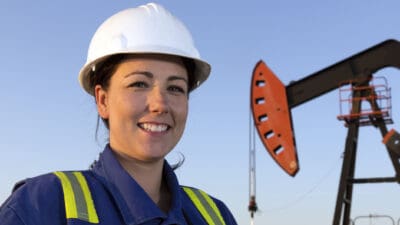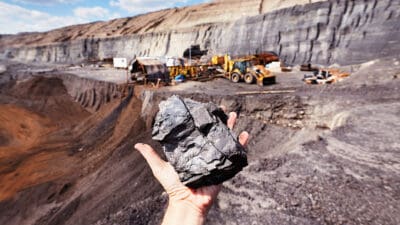The AGL Energy Limited (ASX: AGL) share price closed higher than the broader market on Friday following the release of more details on the company's planned demerger.
The demerger's scheme booklet dropped this afternoon. It includes an independent expert report from Grant Samuel on the split.
The expert found the demerger is in the best interests of shareholders, saying the company's "gentailer" model isn't "fit for purpose" despite "non-trivial disadvantages".
As of Friday's close, the AGL share price is $8.35, 0.83% lower than its previous close. However, earlier in the day it was trading at low as $8.22, representing a 2.37% drop.
Meanwhile, the S&P/ASX 200 Index (ASX: XJO) slumped 2.16% on Friday.
AGL share price edges upwards on expert's support
Grant Samuel has noted a "divergence in the objectives, priorities, and strategies of energy retailers and baseload power producers" has meant that a "'one-size-fits-all' gentailer [generator and retailer] model" isn't effective in today's energy industry.
After contemplating all avenues forward the expert determined that – in the absence of a fully priced takeover offer – AGL's planned demerger is in the best interests of shareholders.
As a result, the expert supports AGL's move to split in two.
In the demerger is successful, AGL Australia will take over the company's retail operations while Accel Energy will move forward with its generation business.
Though, the expert flagged several disadvantages, costs, and risks arising from the demerger.
Notably, risks will arise from an off-take agreement to be made between the pair. Those risks will present post financial year 2027, said the expert.
It also noted the smaller, less diverse companies might not be able to "absorb" adverse events. The current outage at Loy Yang A is a good example of such an event, Grant Samuel said.
Future funding risks also weighed on the expert, particularly those of Accel Energy, which will take on AGL's coal-fired power assets.
Finally, the pair will face $35 million of additional corporate costs annually post the demerger. However, the company believes those will be offset by created efficiencies.
What will happen if the demerger is approved?
Shareholders will have their chance to vote on the demerger on 15 June.
If the split receives support from at least 75% of AGL shareholders, the company will undergo a capital reduction. The reduction will see $4.74 wiped from each AGL Energy share.
That $4.74 will then be applied to the acquisition of AGL Australia shares.
AGL Energy shareholders will then own one share in both AGL Australia and Accel Energy. Accel Energy will also have a 15% holding in AGL Australia following the demerger.
AGL Energy as we know is expected to transform at close of trade on 21 June. The following day AGL Australia will list under the ticker AGK.
AGL Energy will change its name to Accel Energy and its ticker to AXL in early July.
Shareholders who own less than 500 AGL shares will be able to sell or top up their holdings without brokerage costs or stamp duty under a sale facility as part of the demerger.
The split is expected to bring $260 million of one-off transaction and implementation costs.
Of that, $160 million will be spent prior to the meetings and will come out of the the company's budget even if the demerger is rejected.
What about dividends?
AGL Energy expects to pay a final dividend to shareholders in September after announcing its earnings in August.
That dividend will include AGL Australia's financial year 2022 earnings.
AGL Australia will expect to start paying out dividends as of financial year 2023. It will aim to pay out between 60% and 75% of its underlying earnings. Its dividends are expected to be partly franked to start with and fully franked in the future.
Meanwhile, Accel Energy will be looking to pay out between 80% and 100% of its free cash flow after finance costs as dividends. It won't expect to pay franked dividends until at least financial year 2025.
AGL share price snapshot
Despite today's slump, the AGL Energy share price is well and truly in the year-to-date green.
It has gained 32% since the start of 2022. Though, it's still 5% lower than it was this time last year.









